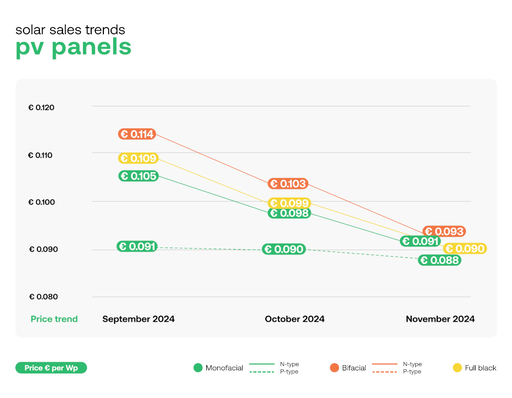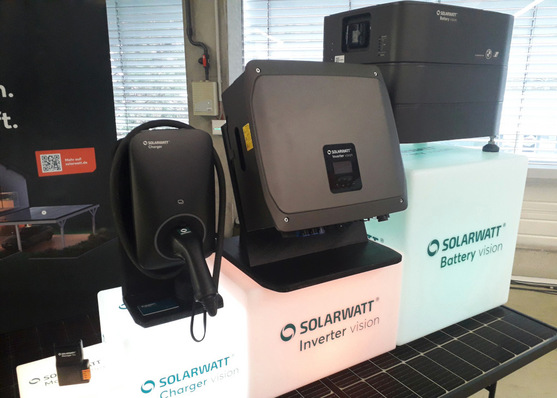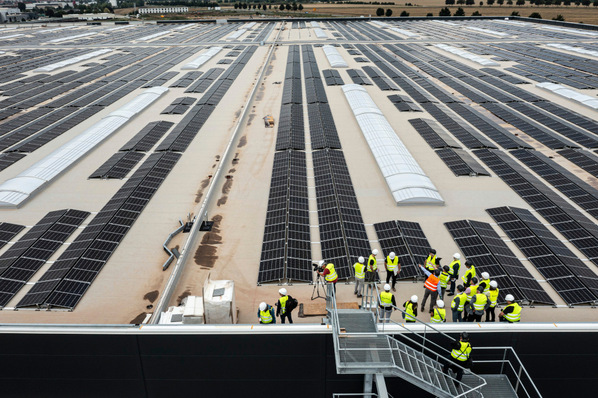The Indian market is one of the most profitable yet risky for project developers and investors in photovoltaics (PV). While large-scale projects of over 100 megawatts (MW) are now common, the investment risks caused by the climate, poor installation and lack of proper maintenance is on the rise. In a study conducted on behalf of the National Metrology Institute of Germany (Physikalisch-Technische Bundesanstalt – PTB), the PI Berlin has recently examined the most common risks facing Indian PV projects and how they can be avoided.
Six PV projects in India were investigated between 3rd and 14th July 2017 for the purposes of the study. The study was conducted with the support of the Ministry of New and Renewable Energy (MNRE), the Indian National Institute of Solar Energy (NISE) and the Solar Energy Corporation of India (SECI). The German KfW Development Bank helped select which projects to analyse and assisted PI Berlin in gaining access to them.
Challenging climatic conditions
“In most regions of the world, PV projects are primarily affected by a few climatic stress factors, such as salt in the air, high UV radiation, high humidity, heat, sand or strong winds. But in several areas of India PV Projects often face a large number of these factors at the same time,” explains Asier Ukar, Senior Consultant at PI Berlin. In the state of Rajasthan in particular – which is an especially lucrative place for PV projects due to the high level of solar radiation – PV modules and other system components have to battle against many climatic stress factors at once.
To avoid outages, investors and project developers need to ensure that PV projects are designed appropriately from the outset. “For instance, earthing connections made from aluminium or featuring suitable coatings will not corrode as easily in soil with a high salt content,” says Ukar. “In addition, India has some of the highest solar irradiation rates in the world but that can also lead to faster component degradation.“
Concerns about PV module quality and maintenance
“The price pressures in the Indian market frequently means that little attention is paid to PV module quality. For example, faulty electrical joints and delamination were observed in several PV projects. Defects like these could be avoided before and during production of the PV modules,” comments Ukar. PV modules were observed at all sites with cracked cells that were likely caused during transport, installation and maintenance. These defects could have been prevented if the PV modules were handled proficiently. “

Mr Ukar adds that investments are jeopardised as much by defects in the field as they are by lack of clarity in contracts. Contracts with EPCs and O&M companies often contain short and vaguely worded guarantees.
Regular monitoring improves predictive maintenance
According to Ukar, regular monitoring of performance and operational data would improve predictive maintenance and increase system availability. For instance, while cleaning PV modules twice a month during the monsoon season may not be necessary, this process must be performed more frequently during dry periods. (HCN)
“The Indian market is a double-edged sword,” states Ukar “although India has excellent levels of solar radiation, investments can be put at risk by climatic factors, inappropriate component selection and poor handling and installation quality. In order to obtain the highest possible rates of return from PV projects, steps need to be taken to ensure that high-quality components and the proper assurance processes are put in place.” The study concluded that affordable practical steps could be taken to mitigate these risks in spite of the current price pressures.
Stay informed, get our free newsletter twice a week. Register here
More useful information:
http://www.pveurope.eu/News/Solar-Generator/Solar-advice-The-price-alone-is-not-everything
http://www.pveurope.eu/News/Installation/Flat-roof-mounting-Standardised-quality-needed
https://www.pveurope.eu/solar-modules/booming-swedish-pv-market-driven-quality-solarwatt-says







